Should the UCI weight limit be scrapped?
Is the UCI’s 6.8kg bike weight limit an outdated rule in need of reform, or an important safety measure?
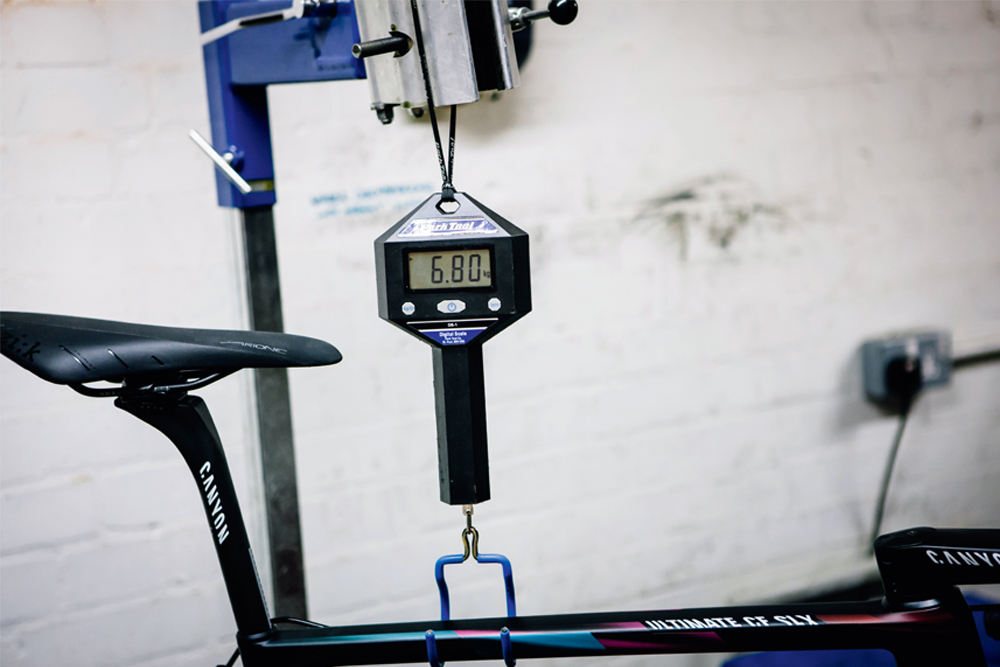
Introduced in 2000 to prevent manufacturers from pushing the limits with carbon-fibre, a material of which they still did not have a complete knowledge, to the point of failure, all bikes used in race must be at least 6.8kg.
However, 16 years later, and technology, if not the UCI rules, have come a long way.
>>> 10 questions to test how well you know the UCI’s rules
Learning from the aerospace and automotive industries, bike manufacturers now have a mature understanding of carbon-fibre, and the ability to alter things like the alignment of the individual fibres and the thickness of the material to create bikes that are not only light and safe, but great to ride.
“Additional years of carbon-fibre composite use and additional research has led to the development of new materials and manufacturing technologies”, says Cannondale’s James LaLonde.
“We are now able to concentrate material exactly where it’s needed to maximise stiffness, optimise strength and shave unnecessary weight, and test to know it’s safe.”
>>> Can you trust repaired carbon bike frames?
That means that for a number of years now you’ve been able to walk into a bike shop and, if your wallet is full enough, buy a bike that was far too light to be used by the pros, yet still perfectly safe.
The long road to reform

Professional sportsmen and women should have access to the best equipment, so it is a surprise that it has only been in the last few months that the UCI has instigated a review of the 6.8kg limit.
That process starts with the World Federation of the Sporting Goods Industry (WFSGI) which has been charged by the UCI to talk to cycling manufacturers to present an alternative to the outdated rule. The man at the centre of this process is Yves Möri, the WFSGI’s Bicycle Manager.
>>> Cheap Chinese carbon imports: are they worth the risk?
“There are a lot of different views in the industry”, says Möri. “Some say we should remove it because it limits innovation, but others say that if you get rid of the weight limit altogether then you could end up with a ‘war of weight’ in the industry as everyone tries to create the bicycle with the lowest weight, meaning that you won’t get much innovation elsewhere, such as with aerodynamics, disc brakes, power meters, etc.”
It’s a nascent process so Möri cannot say which solution the WFSGI will present to the UCI, but there are clearly a number of different paths to be explored.
The solutions
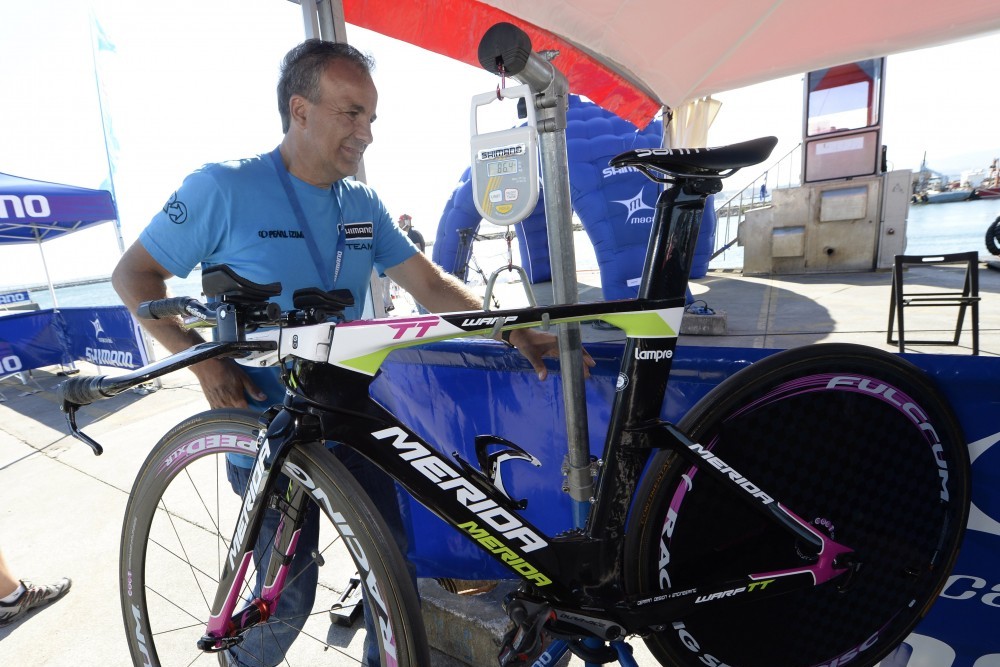
The first is to simply do away with a limit altogether. After all, as pointed out by LaLonde, even without the rule bikes should still be safe: “The UCI rules already make riders responsible for their bike’s safety, and also say that they must pass international strength and fatigue tests. So race bikes are already reasonably safe, weight limit rule or not.”
However Möri is not completely convinced, saying that further study is needed to see if international tests can guarantee safety in road racing. After all, how do you test for a 70kph mass pile-up at the end of a Tour de France stage?
One other possible solution is to add a safety test to the UCI’s current frame approval process, through which all frames used in the peloton have to pass.
>>> Carbon beware: are aluminium frames making a comeback?
This could guarantee safe frames, but might also stifle innovation in other areas (such as wheels, power meters, cameras, and electronic shifting), all of which have come on leaps and bounds under the 6.8kg rule as makers of these goods have been able to test their products in the pro ranks without needing to trim weight.
Whatever the solution, the 6.8kg rule is going to remain in the regulations for a little while yet.
“This is a long-term project”, says Möri. “Just because we present the proposal to the UCI in a year does not mean that it will be implemented in a year and a day. There must be a certain delay to allow the industry to react to the rule change.”

Our take
A reform of the 6.8kg limit is well overdue, but after the recent halting of its disc brake trial the UCI isn’t going to rush into a decision. That means it’s unlikely the limit will be removed altogether, and safety left solely to the manufacturers. Instead it seems there needs to be a testing process of sorts to ensure lightweight frames are strong enough to deal with the eventualities of pro racing.
How much difference does your bike's weight really make?
Should the UCI weight limit be scrapped?
Yes: James LaLonde, global marketing manager, Cannondale
“Life is full of risks. Neither the 6.8kg rule nor international standards can guarantee safety. There are already bikes on the market, completely safe for consumer use, that come in between 4.4kg and 4.6kg, and engineers have built bikes as low as 2.8kg and logged thousands of kilometres on them.”
No: Terry Dolan, founder of Dolan Bikes
“There is some credence to the weight rule, but not at 6.8kg. This is an outdated figure and 6kg would be low enough. However I don’t think weight should be the focus. The lighter the bike is the more difficult it becomes to handle, especially on long bumpy descents.”

Thank you for reading 20 articles this month* Join now for unlimited access
Enjoy your first month for just £1 / $1 / €1
*Read 5 free articles per month without a subscription

Join now for unlimited access
Try first month for just £1 / $1 / €1
Get The Leadout Newsletter
The latest race content, interviews, features, reviews and expert buying guides, direct to your inbox!
Henry Robertshaw began his time at Cycling Weekly working with the tech team, writing reviews, buying guides and appearing in videos advising on how to dress for the seasons. He later moved over to the news team, where his work focused on the professional peloton as well as legislation and provision for cycling. He's since moved his career in a new direction, with a role at the Department for Environment, Food and Rural Affairs.
-
 Aero bikes with gravel wheels?: Six tech insights from Paris-Roubaix Femmes
Aero bikes with gravel wheels?: Six tech insights from Paris-Roubaix FemmesEverything we found out about tyre widths, self-inflating systems, and wheel choices from the cobbled Monument
By Tom Davidson Published
-
 'This race is absolutely disgusting': Peloton reacts to another brutal Paris-Roubaix Femmes
'This race is absolutely disgusting': Peloton reacts to another brutal Paris-Roubaix FemmesNow in its fifth edition, Paris-Roubaix Femmes is still a tough race, even for the best bike riders in the world
By Adam Becket Published
-
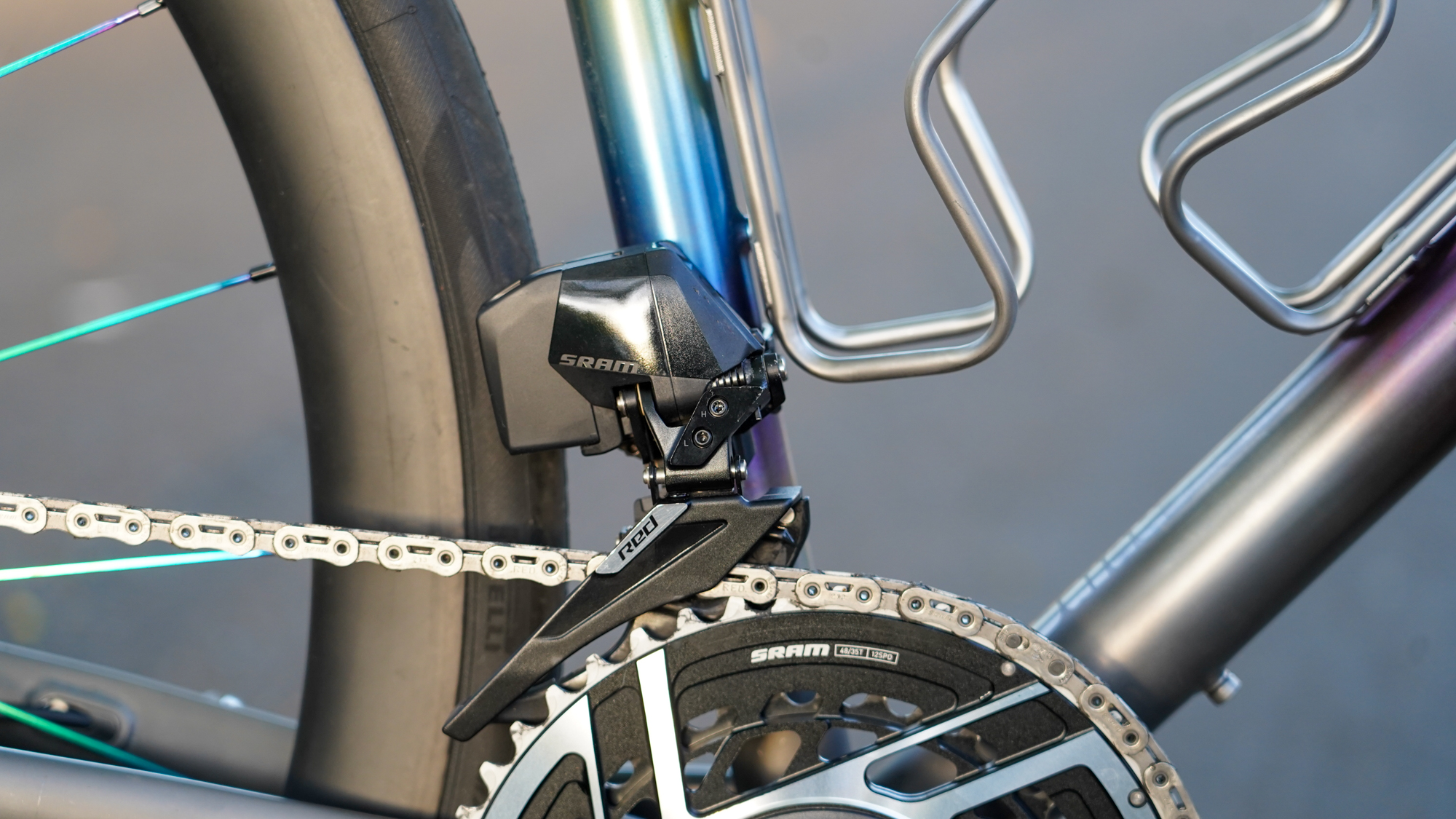 Opinion: Are electronic groupsets worth the investment?
Opinion: Are electronic groupsets worth the investment?Thoughts on drivetrains, buttons, batteries, fast vs slow, good vs evil, wristwatches and zen states of being
By Tyler Boucher Published
-
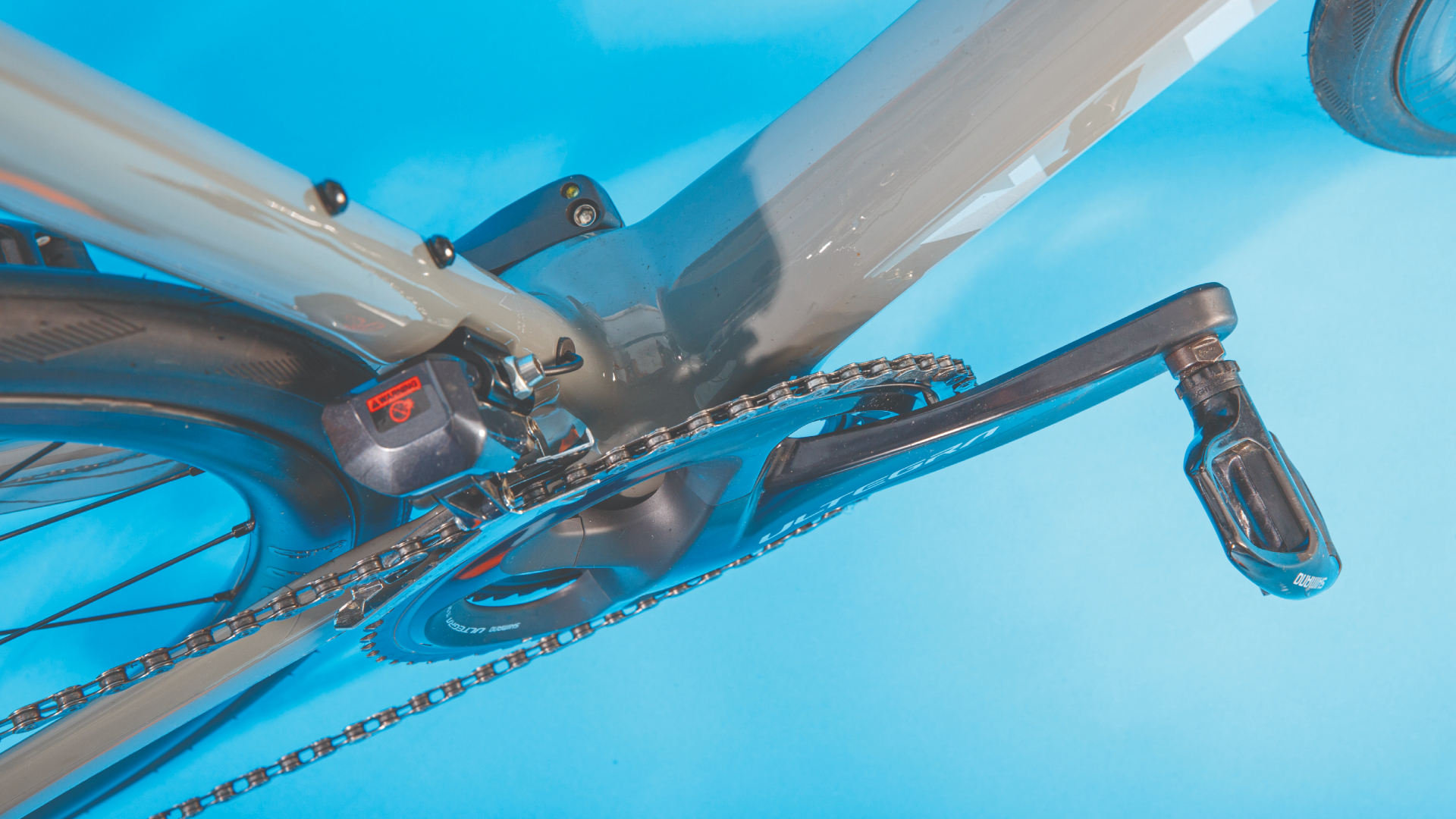 Everything you want to know about the Q Factor
Everything you want to know about the Q FactorWhat it is and why it matters, how to measure it, what the Q stands for, and more
By Tyler Boucher Published
-
 Stiffness vs. Compliance: Making sense of bicycle frame design
Stiffness vs. Compliance: Making sense of bicycle frame designHow frame designers find the sweet spot between stiffness and compliance as well as some thoughts on “ride quality”
By Tyler Boucher Published
-
 Tech Question: We're used to racers on narrow bars - but are they more comfortable, too?
Tech Question: We're used to racers on narrow bars - but are they more comfortable, too?We ask the experts what to look for in determining the optimal handlebar width
By Joe Baker Published
-
 Tech Question: Where do things now stand on press-fit bottom brackets? Good or bad?
Tech Question: Where do things now stand on press-fit bottom brackets? Good or bad?Few innovations have garnered as much animosity as press-fit bottom brackets - but the tech now has some strong proponents
By Stefan Abram Published
-
 Tech Question: Is a proper clean the only disc brake upgrade you need?
Tech Question: Is a proper clean the only disc brake upgrade you need?Bike mechanic and owner of Surrey Hills Cycleworks, Dave Farmer, shares his tips on how to improve braking performance
By Stefan Abram Published
-
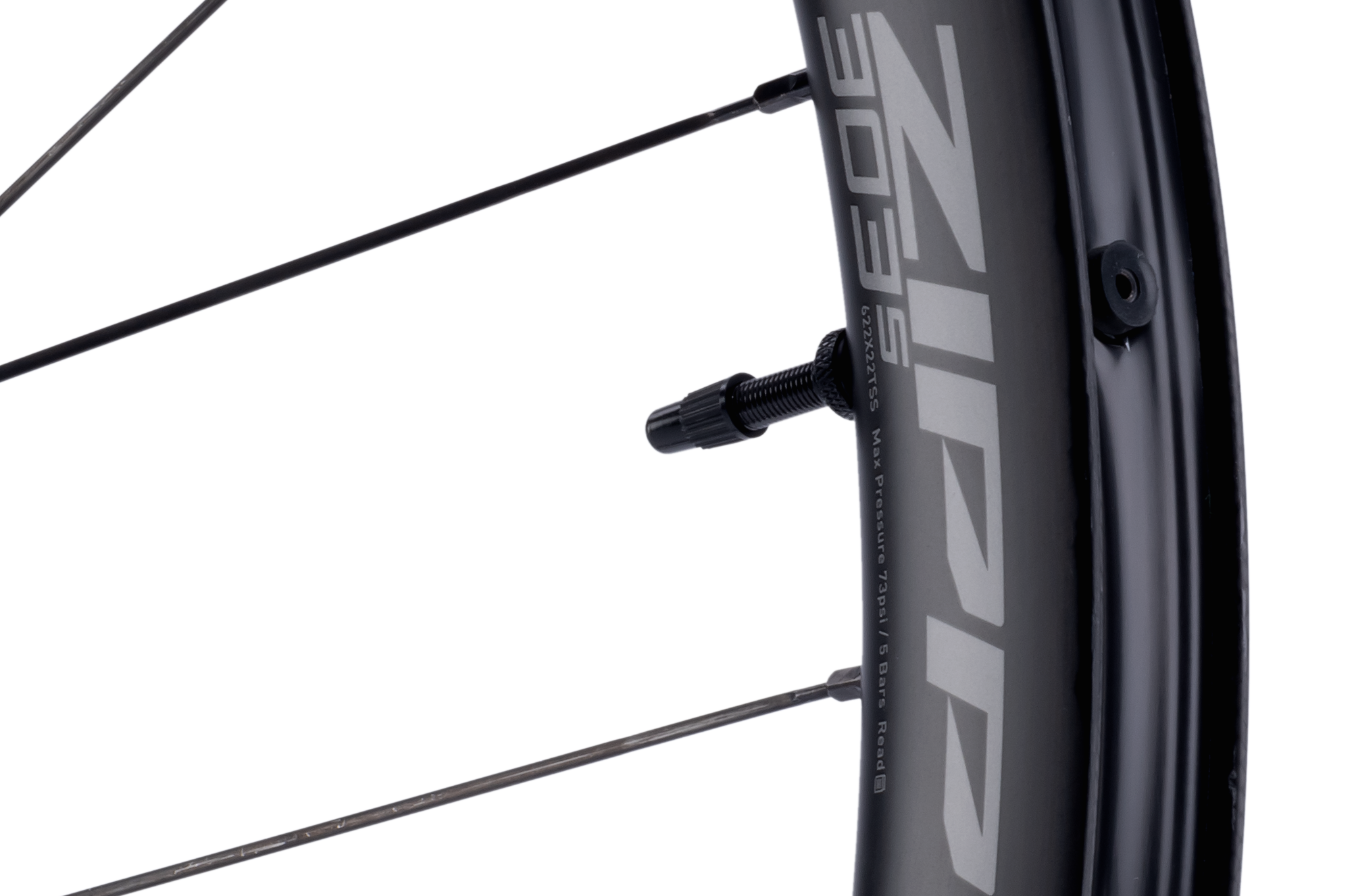 What are hookless rims and do you need them?
What are hookless rims and do you need them?With the big wheel brands launching new rims with straight sidewalls, we ask whether hookless technology can benefit your bike riding
By Simon Smythe Published
-
 Do you need indoor cycling specific clothing?
Do you need indoor cycling specific clothing?With an ever expanding range of indoor cycling kit available, we ask if it really makes any difference?
By Michelle Arthurs-Brennan Published